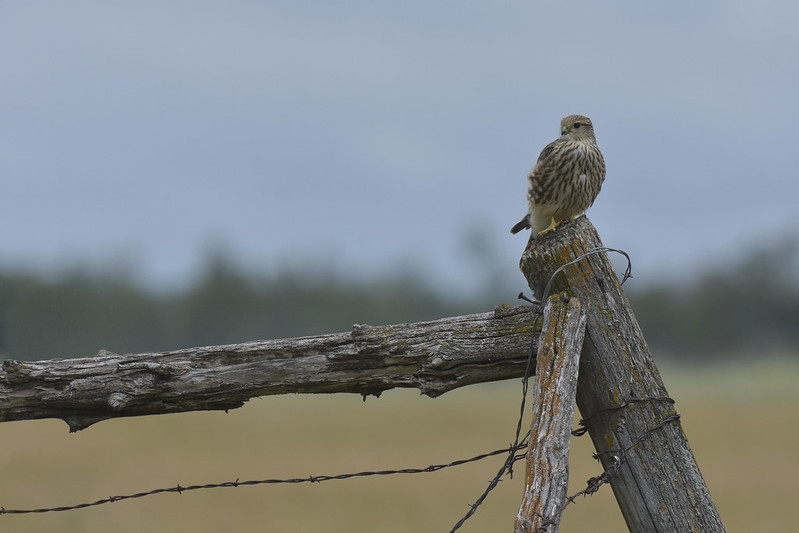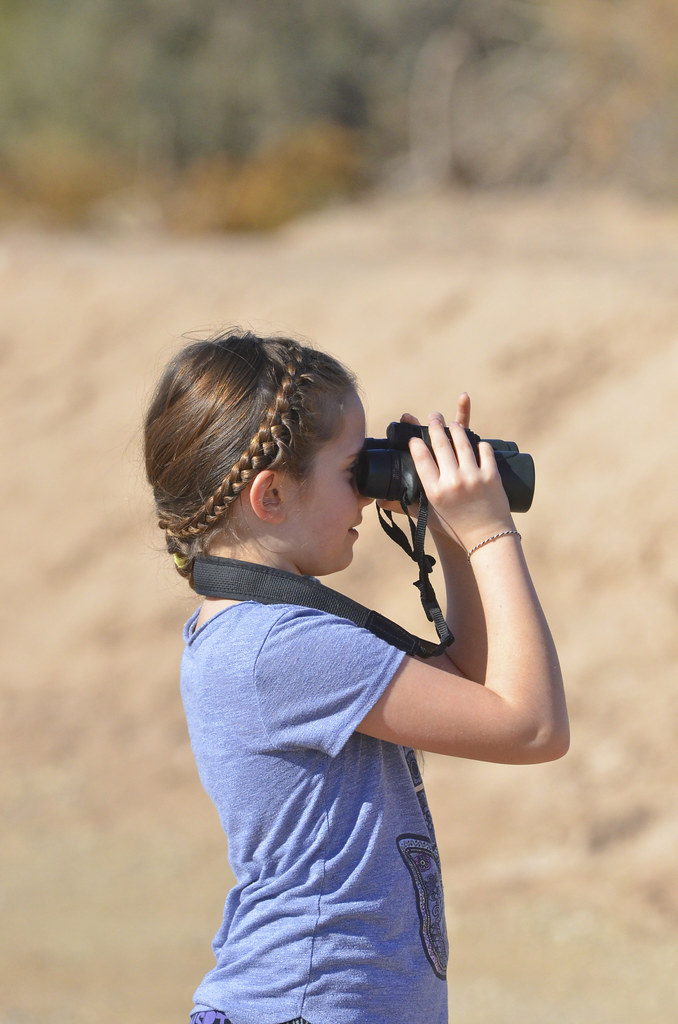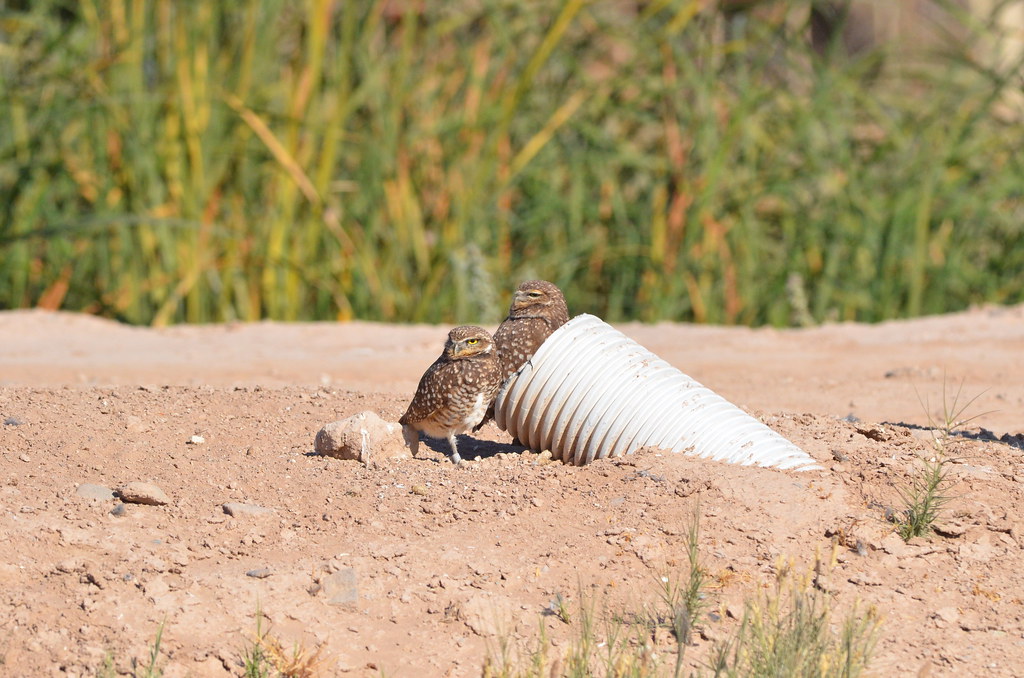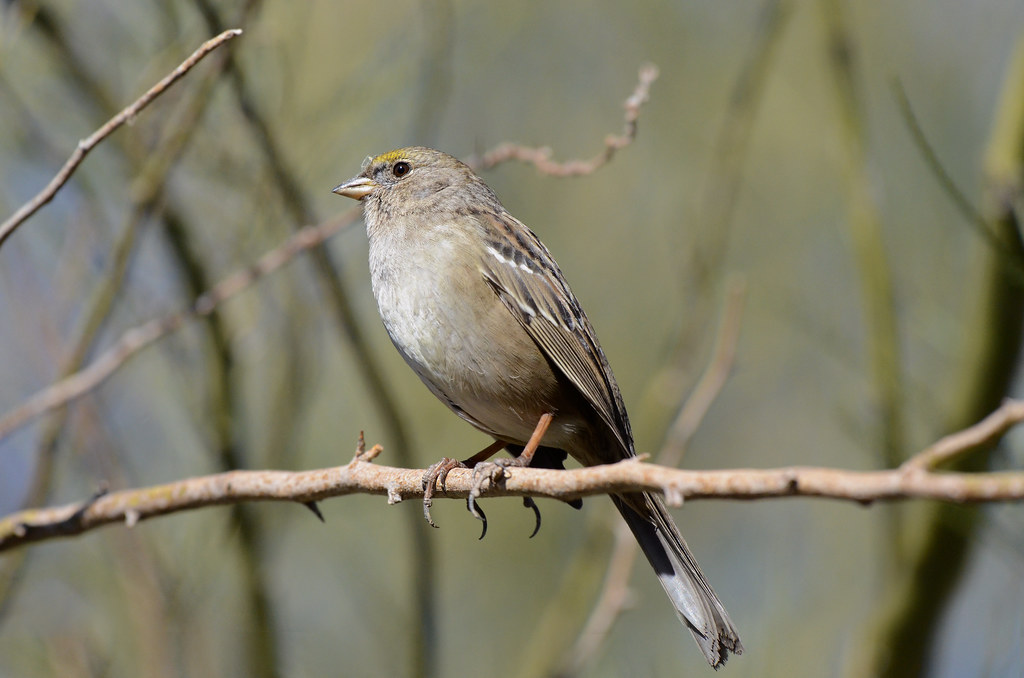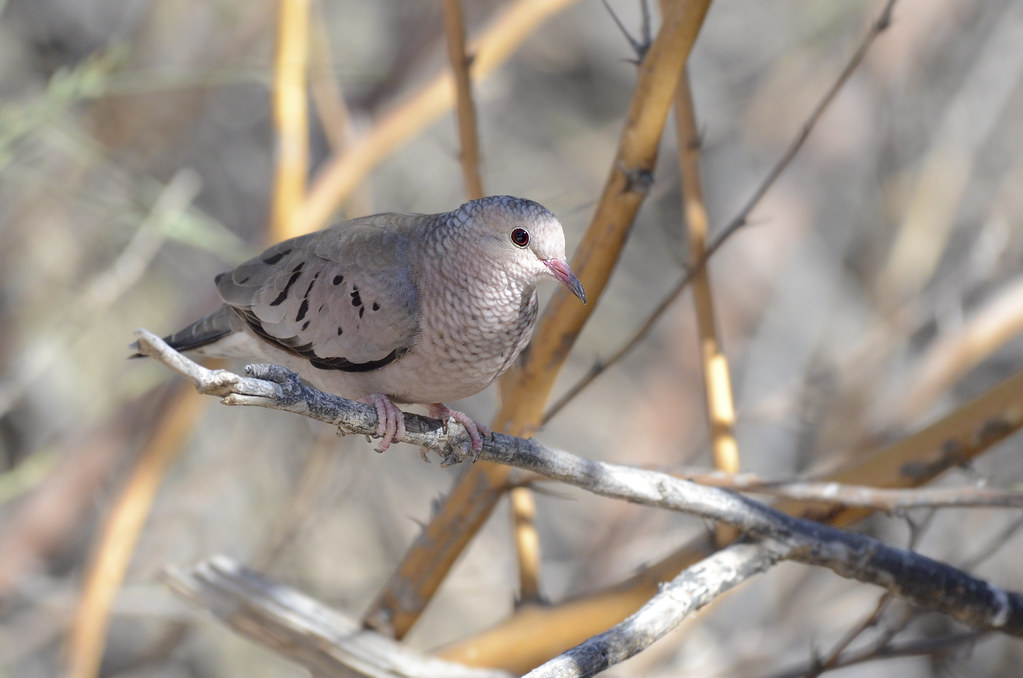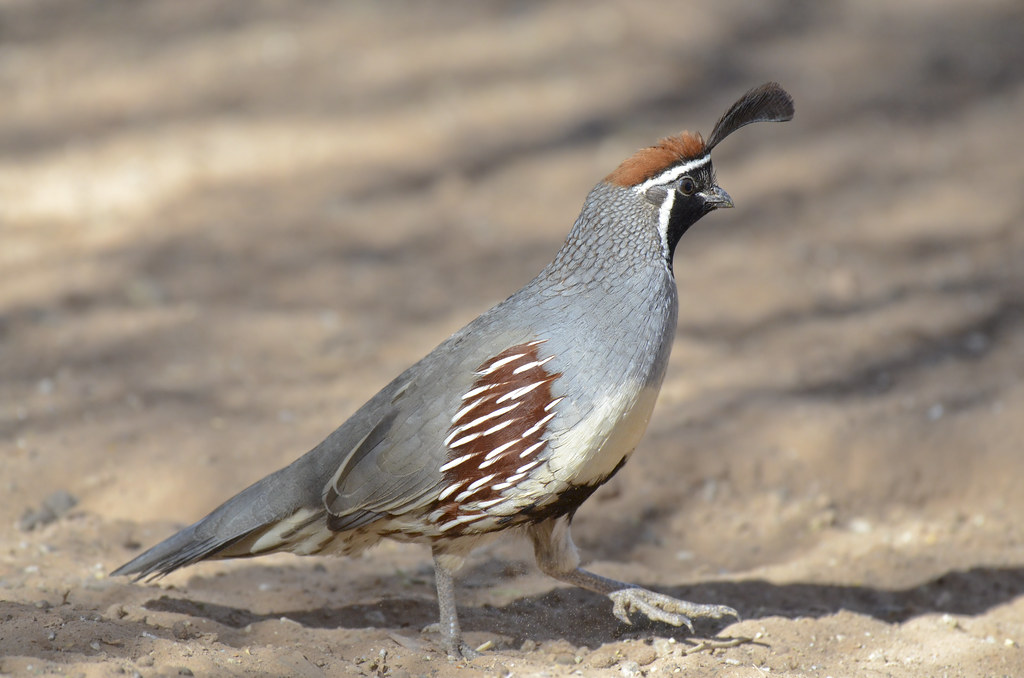After visiting the
Salton Sea we drove through
Joshua Tree National Park at dusk before spending the night in Riverside California. With plans to meet my sister's family around noon our morning was relaxed. Others slept in while I borrowed the family van, woke early, and went searching for a
Painted Redstart near Box Springs Mountain Reserve Park with Danielle.
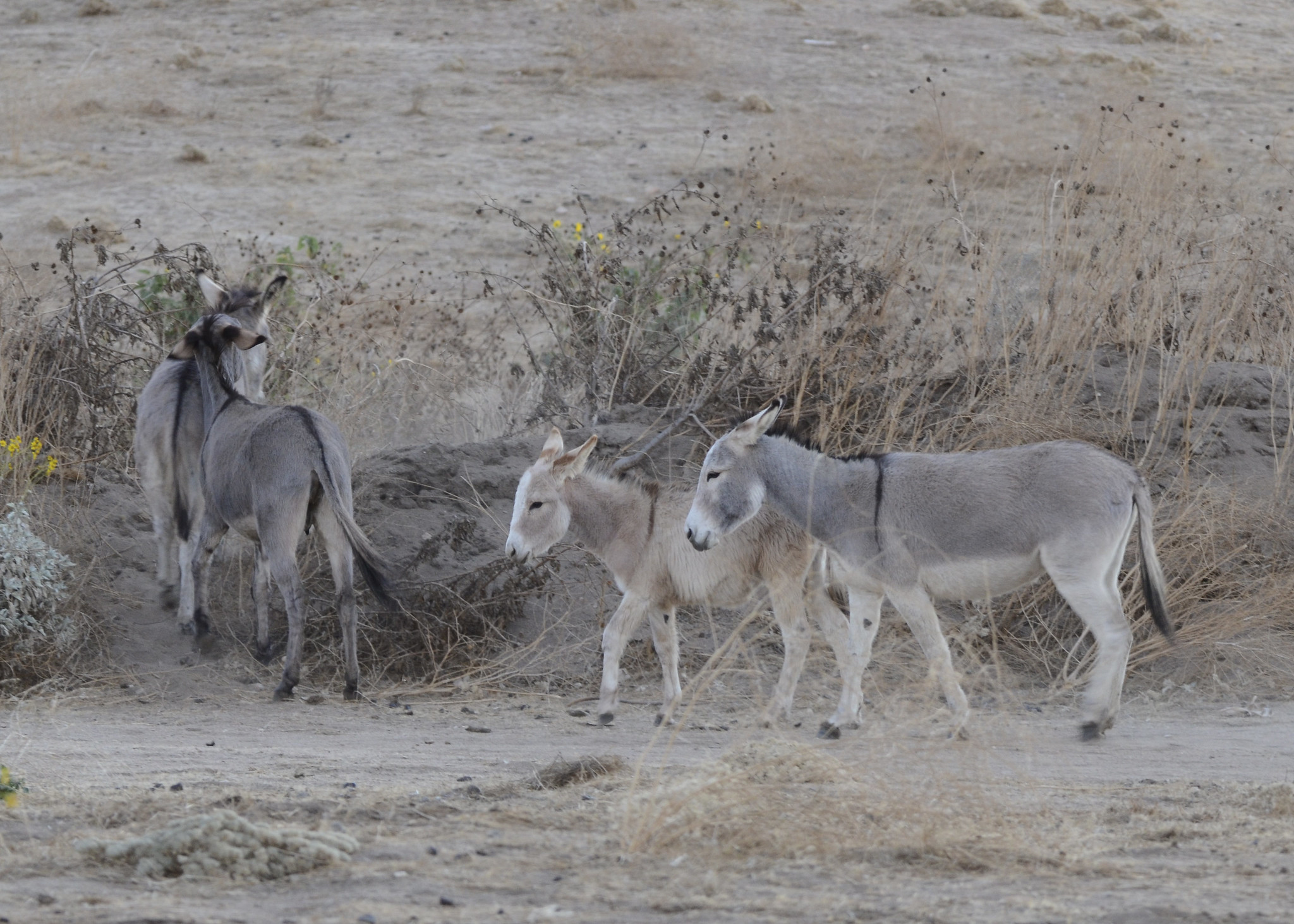 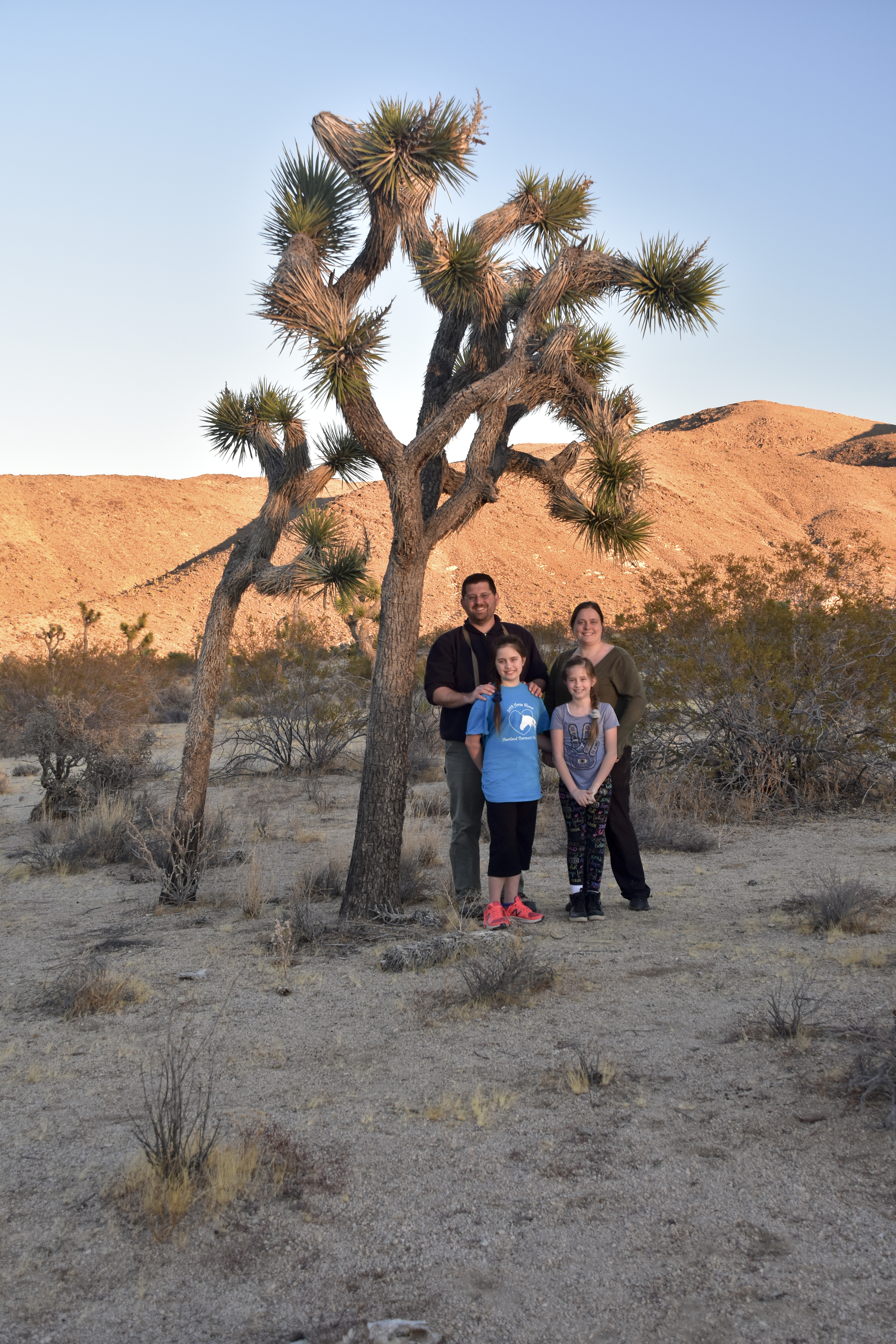 |
| Danielle like the Burro family best from our walk. A family photo from Joshua Tree National Park. |
I've been conflicted recently with alternative opinions regarding reporting species. Some individuals have a strong preference for GPS locations for rare birds and the ability to drive up and tick the species. Reporting at this level makes it easy for visitors to maximize their life list with the limited time and allows locals to find the rarities easier. Some individuals report rarities but add it to a general list with a broad description of where to find the bird. This information is extremely helpful for anyone determining where to go and can give a starting point, but often requires at least a minimal amount of work to chase the bird. I've seen more than a couple individuals pissed off at people reporting this method since they want the easy tick. Not surprising given this response, a third type of individuals chooses not to report rarities knowing that the circus might come to see it.
I see merits for each of the decisions listed above and depending on previous reports and the likely affect on the species I will actually alternate between them. Sadly another type of individual actually exists, but these are people that don't understand or consider the effects of their decisions on others. They seemingly share
photos of rare birds on social media but don't tell where. Seriously, if you choose not to share locations that is your choice and nothing wrong with it but if you
have to share a photo to a birding group you immediately reveal your lack of respect for others. Just in case you fit in this last category please understand that we all have an @$$hole but most people prefer not to let that be the part of body that that others remember you by.
The Painted Redstart had been reported to the general area with a broad description "Continuing just south of 3-way trail intersection". So Danielle and I walked the trail and focused on where it split (from at least three locations) a couple of times. I would have loved to known where the bird had been seen with more precision but was okay not knowing as we left without seeing that bird. It was reported the next day again and I likely just missed it.
Seeing a new bird is great and the rush and excitement is addictive. A peaceful walk enjoying what
birds were around at first light with my daughter is awesome as well. While it wasn't the bird I had hoped to see for the first time that morning, a
Nuttall's Woodpecker was a pleasant addition to the life list.
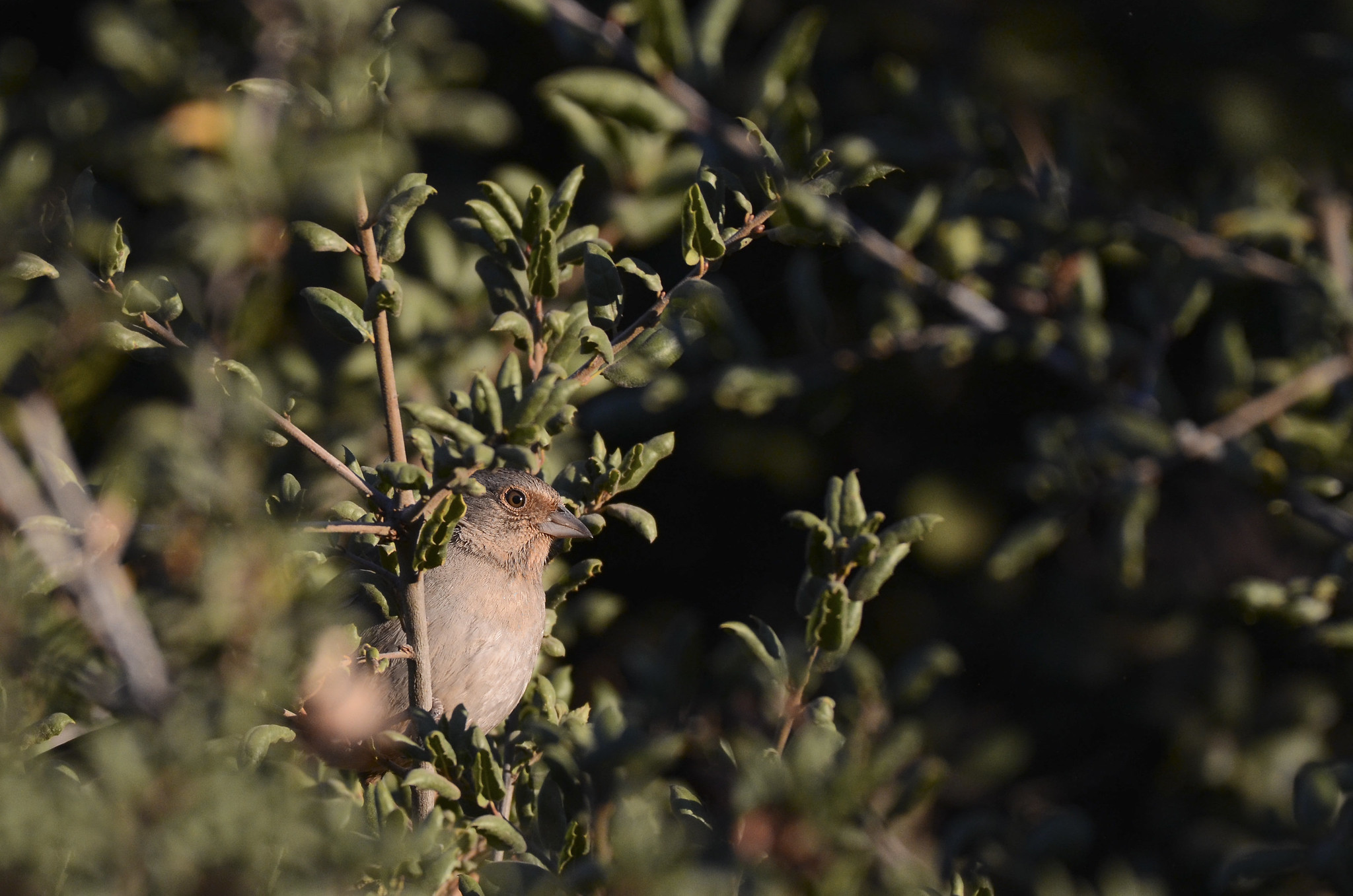 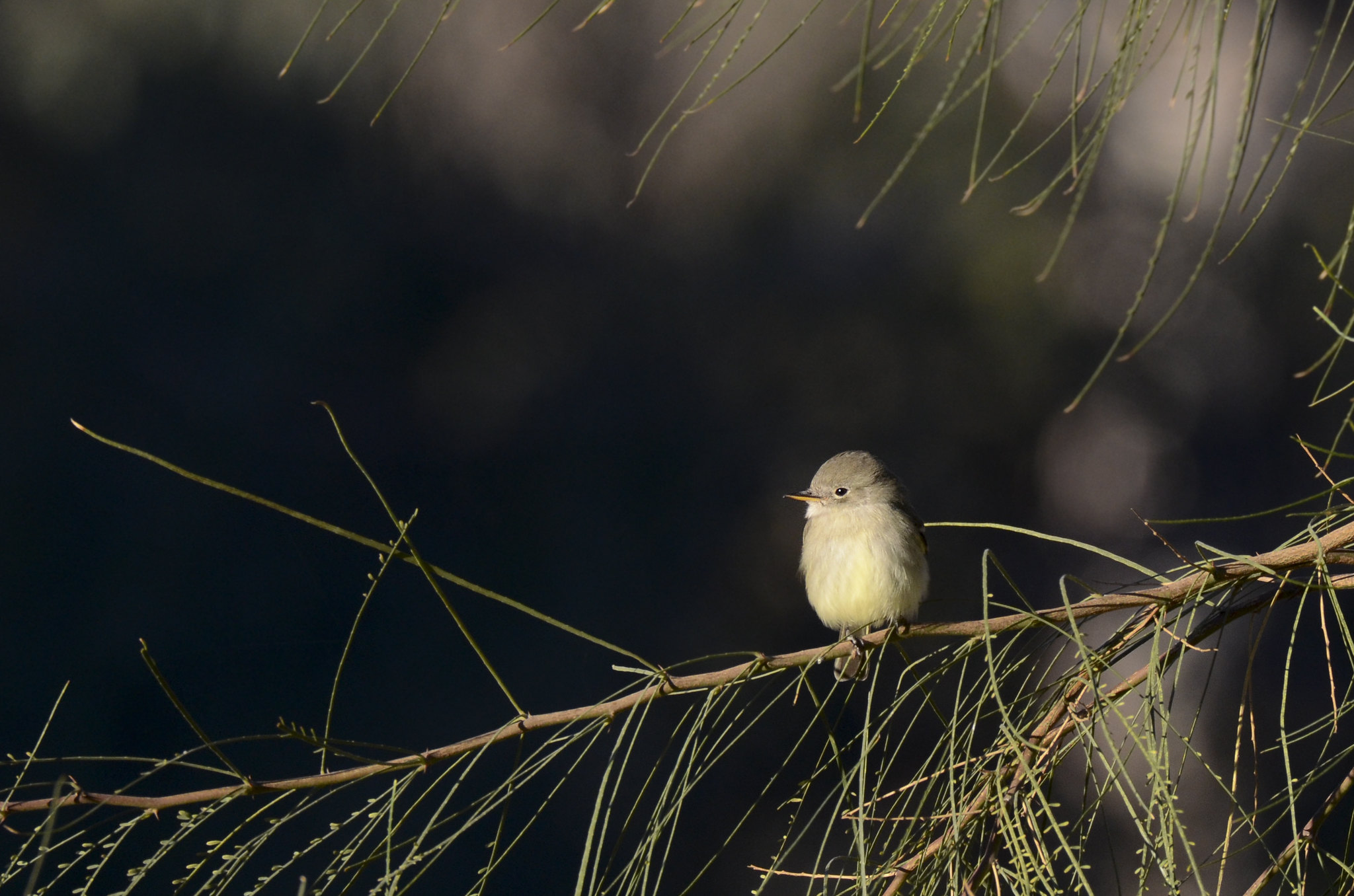 |
| (L to R) California Towhee and Gray Flycatcher. |
We met the rest of family after lunch and described out day plans. I didn't really want to walk around a museum so I dropped others off at the train station so they could visit the
USS Midway Museum while I was free until supper time to do as I pleased.
My two goals were Red-throated Pipit and Nazca Booby. These were the two
code 3 or higher birds in the area! I knew where both had been reported and took off. The Red-throated Pipit was regularly seen from Berry Park, a very small park in San Diego County. It was right next to a school and when I arrived there were three other birders there looking through a scope and binoculars toward the vacant school playground. I decided to simply stop as close as I could to the birds and start scoping. Within 5 minutes two of the three left and the remaining individual walked down to say hi. They hadn't had any luck the last half an hour!
The guy introduced himself, and unfortunately I have forgotten his name, and asked if I had any luck. I revealed that I had no initial clue what plumage this bird was in, that I saw an odd looking American Pipit in the group at one point and opened the book and think I saw it, and was left wondering how the heck anyone picked it out based on those subtle differences. He pulled up a photo of this bird and informed me that it was likely identified first by call. Well duh! The proverbial light-bulb turned on in my head.
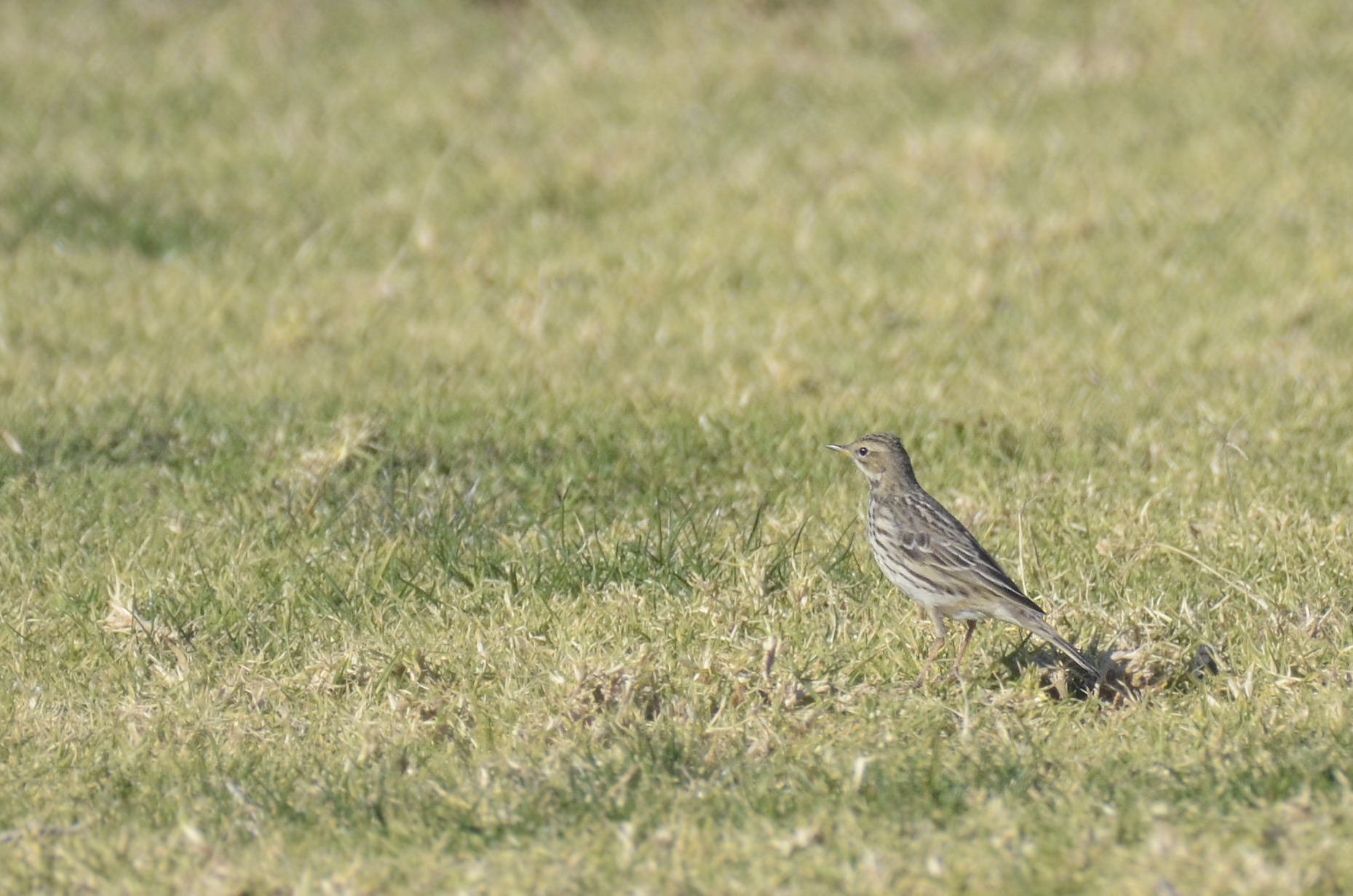
Within minutes I was able to pick it out of a small group when it flew and vocalized! I didn't know what it sounded like, but it was easy to tell it wasn't an American Pipit. The other gentleman could not hear it but with my scope we both got amazing looks at the streaking on the back! Red-throated Pipit Lifer!!
I was a tad more excited than the other guy, as he had seen them in Alaska before. The gentleman from North Carolina thanked me for my ears and scope as he figured he never would have picked it out of the small flock using only binoculars. I thanked him profusely for the knowledge he had shared. I was not prepared to identify this bird and likely would not have been able to without the help of a stranger. This was now twice in two days that I had been on the receiving end of stranger kindness. Amazing! We went our separate ways as he had already seen the Nazca Booby and was contemplating a stop at the Thick-billed Kingbird just down the street.
I drove to
Attu Avenue hoping to spot one of the birds first seen two weeks earlier by
Paul Lehman. The names of both inspire dreams of amazing birds for many. I scanned the bay once without luck but then on the second pass saw a distant bird. Using a satellite image I figured the bird was just over a mile away. Fortunately there was no fog and almost no heat shimmer with air and water temperature similar on a light overcast day.
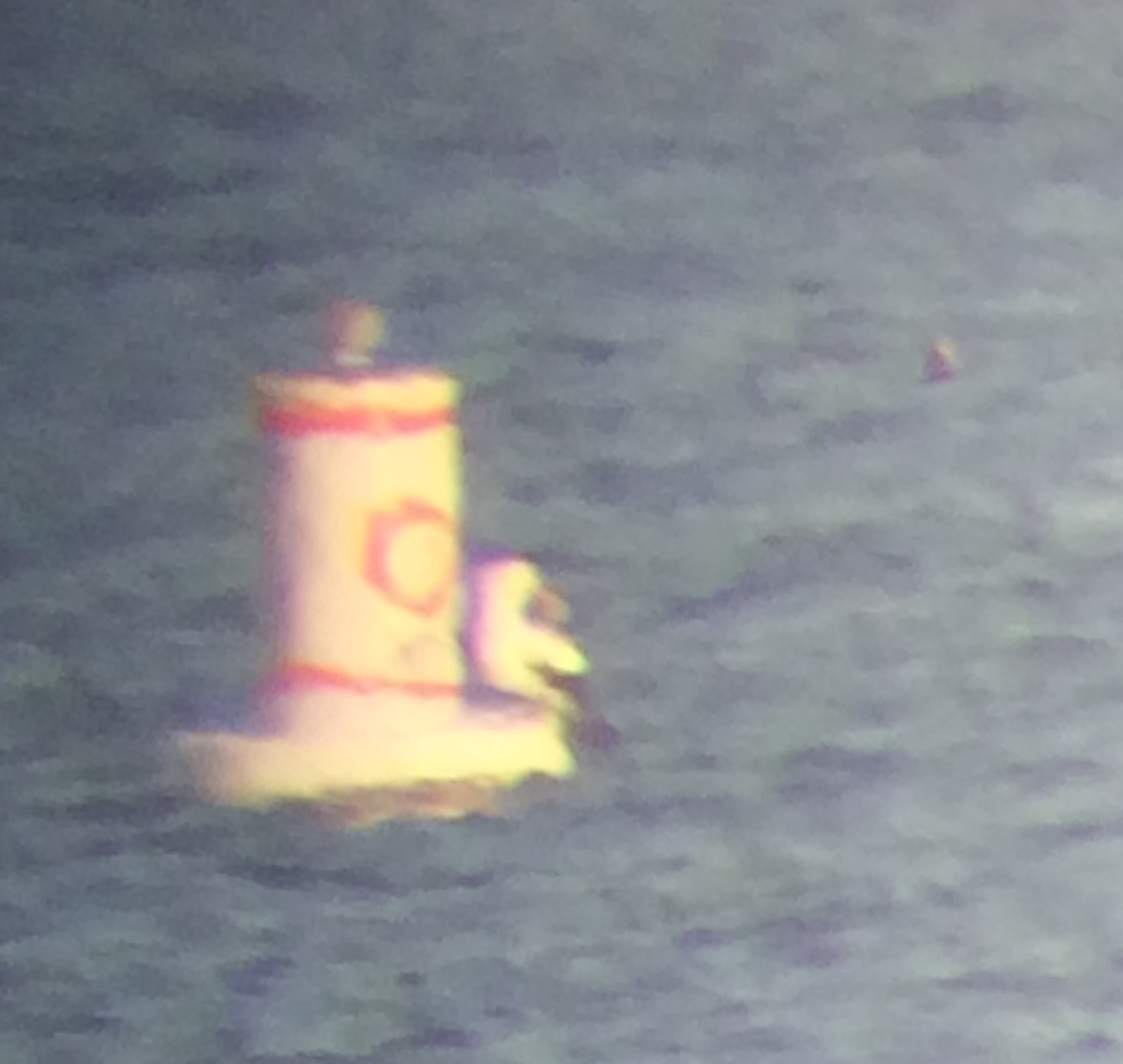
I grabbed the crappy digiscoped photo for documentation. Walking back to my car I encountered an elderly gentleman, with only binoculars, that pointed out a Say's Phoebe perched on the brush. I decided to turn around to offer the use of my scope, knowing the bird was sufficiently distant that it may likely not be picked out without a scope. A third gentleman joined us and quickly they got scope views of the bird. The views were not ideal, but the given patience we could see the blue base of bill with orange tip that separate this species from the more common to these waters Masked Booby. Here we were a person from northern California, another from Texas, and myself from Kansas hoping for closer views and discussing renting a boat to see it better. Based on
other's photos we figured we had a chance. Alas, time was against us so we went our separate ways. I shared pipit location information with the Texas gentleman and passed along KC field-trip information. Fortunately he found the pipit and three months later drove up from Texas to see American Woodcocks!
I still had an hour and half free before the family was expecting me to pick them up on at the train station. I quickly backtracked to the Thick-Billed Kingbird location. I really wish that I could learn calls of flycatchers easier but at last consider myself fortunate being able to hear them. An odd call note was different from the many Cassin's Kingbirds in the area and minutes later I was looking at the target bird! I had hit the jackpot; I saw both target species for the afternoon, had added four life birds this day, and spent most of the day outside enjoying nature with others that loved it as well.
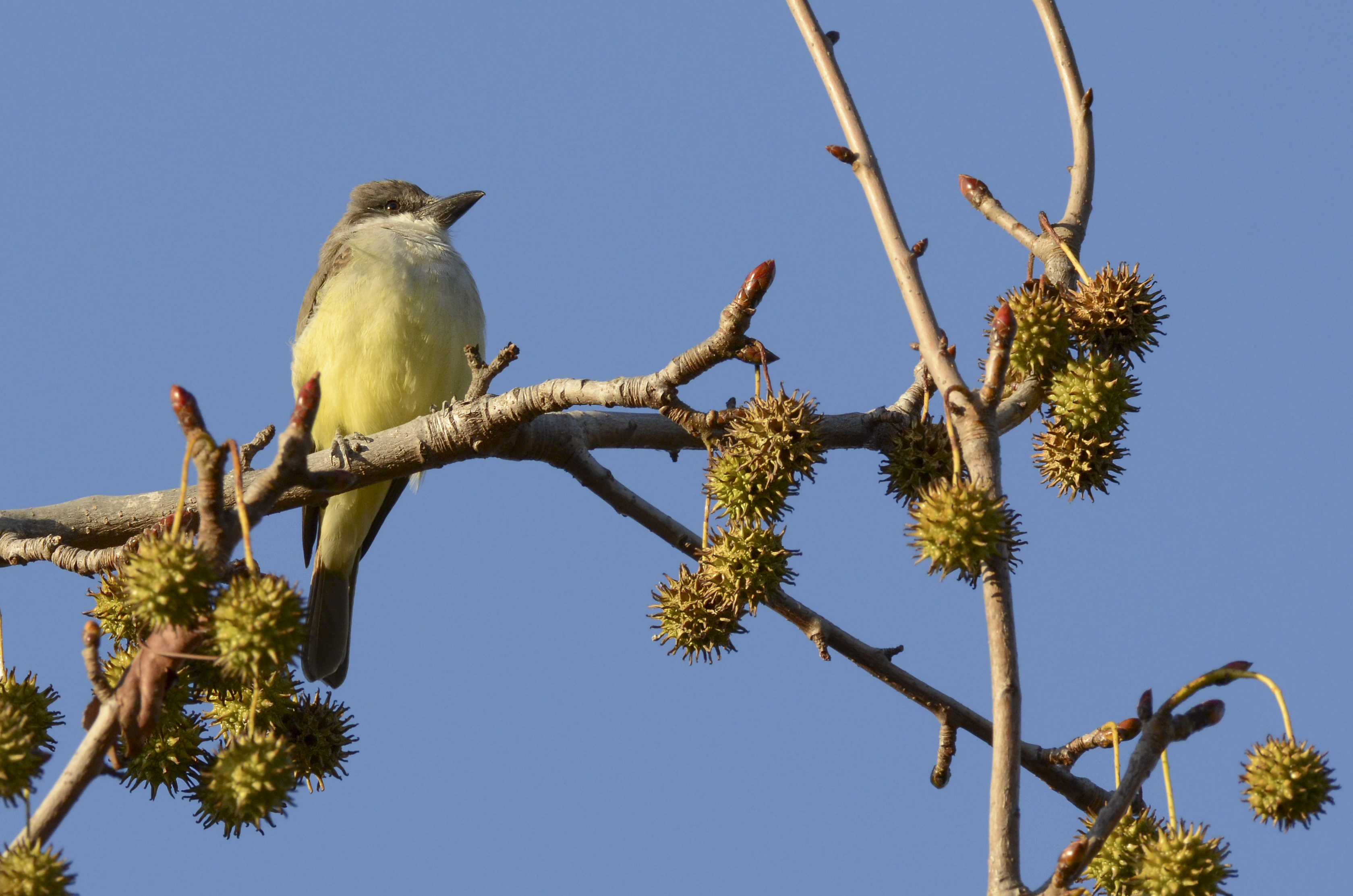 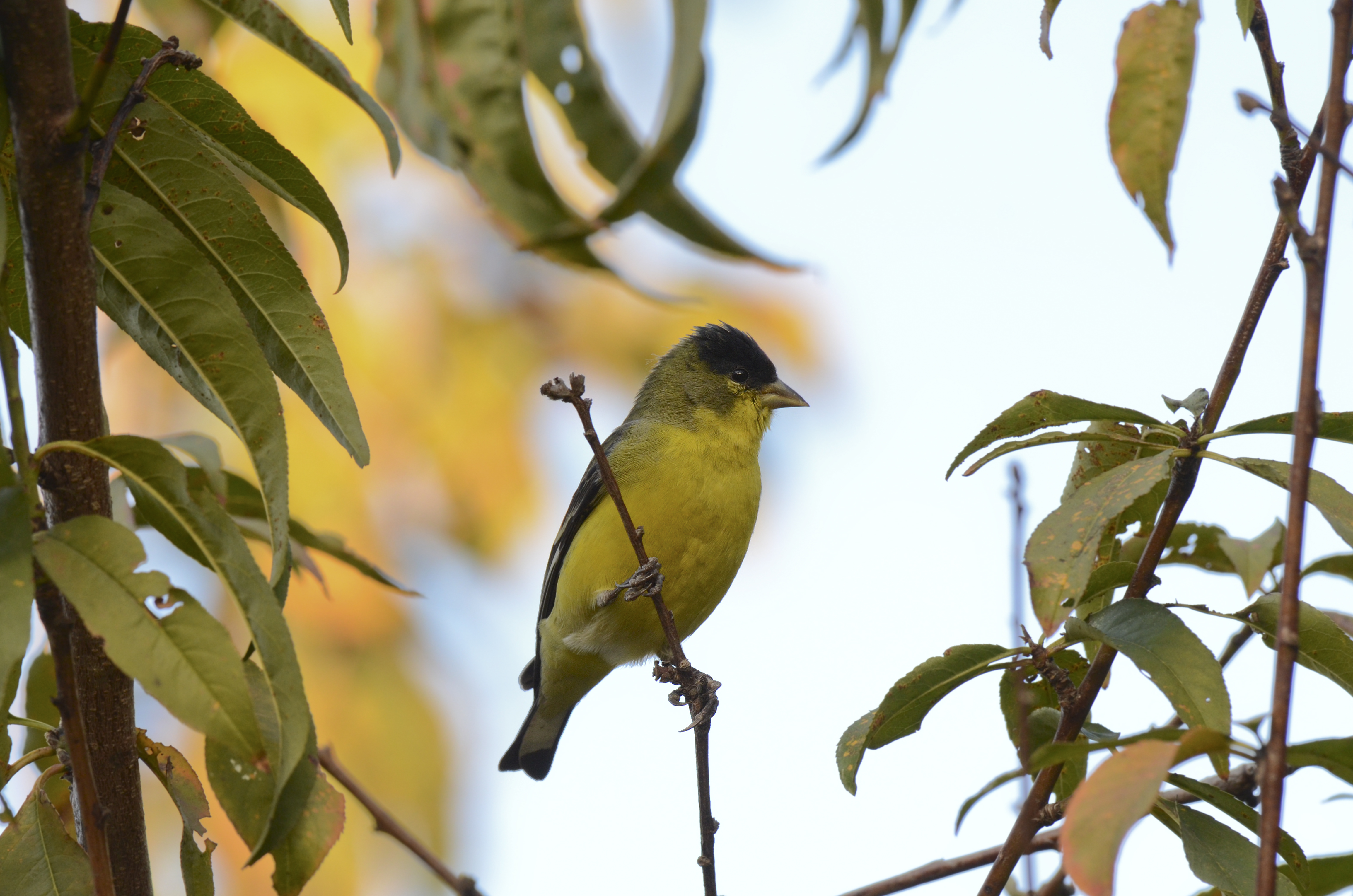 |
| (L to R) Thick-billed Kingbird and Lesser Goldfinch. |
I made it back to the train station 5 minutes before the family returned (whew) and started to think about what else I could look for the rest of 2017. A return flight on December 31st for my mother had us heading back east in three days. Those birds are left for the last post from this trip.









